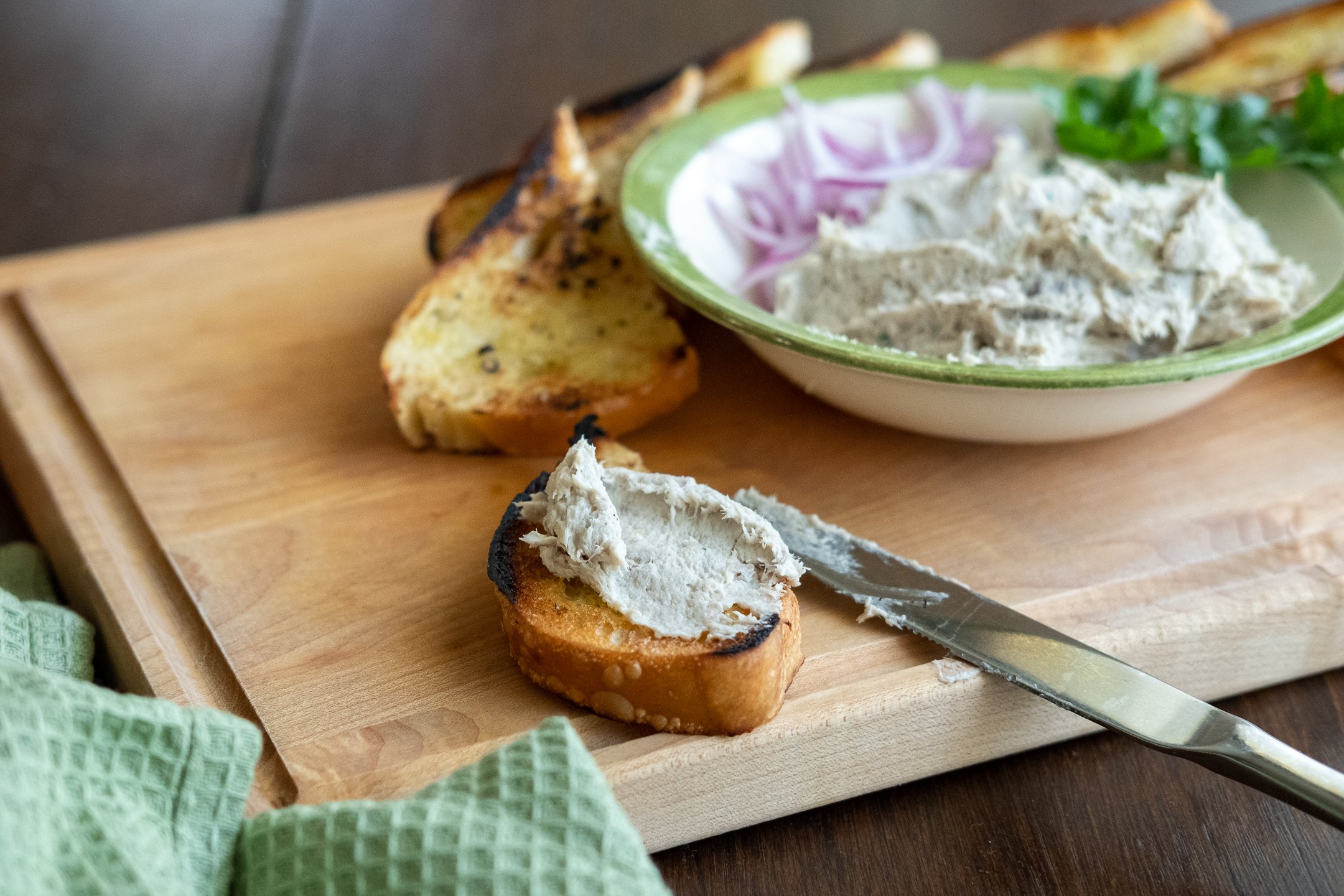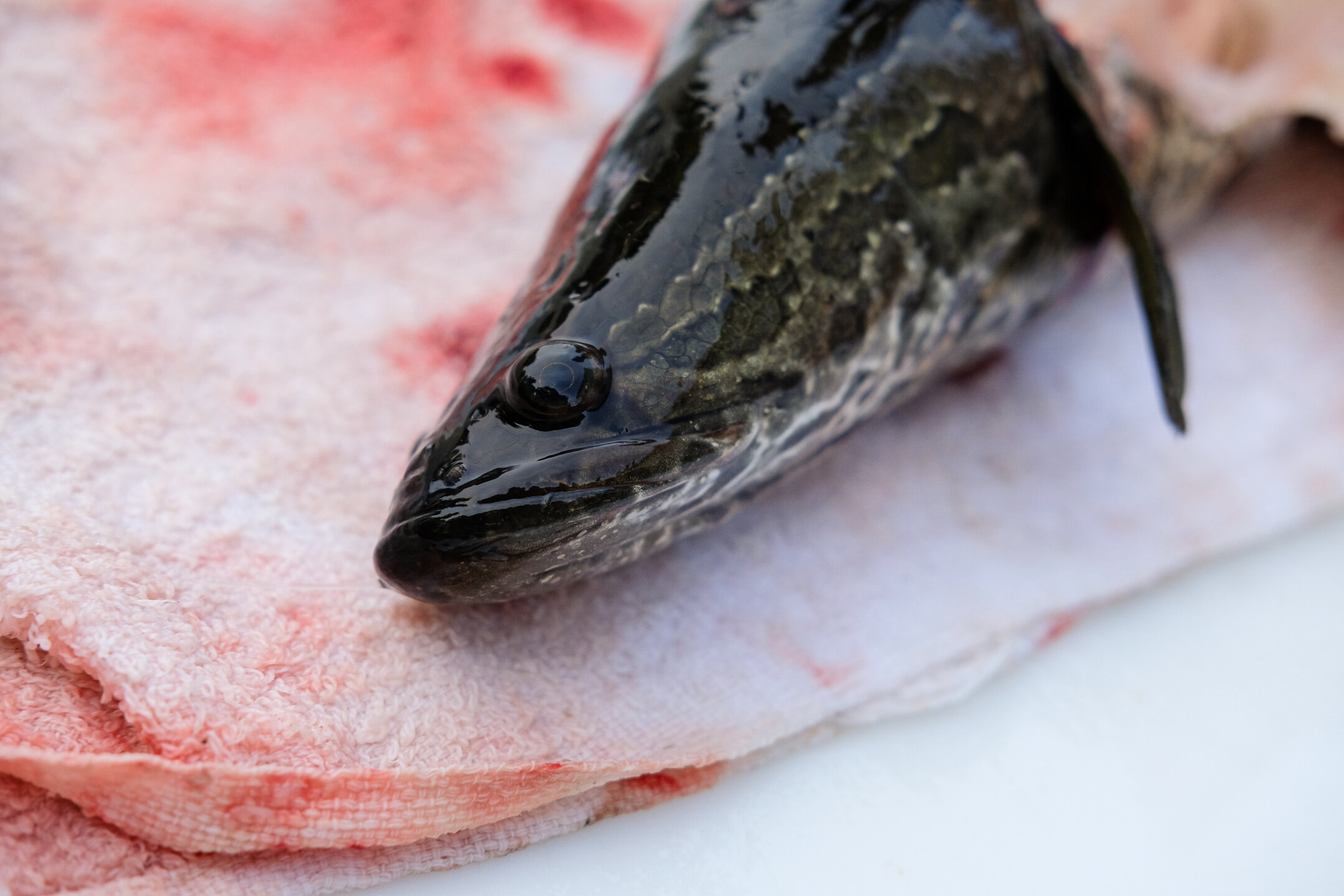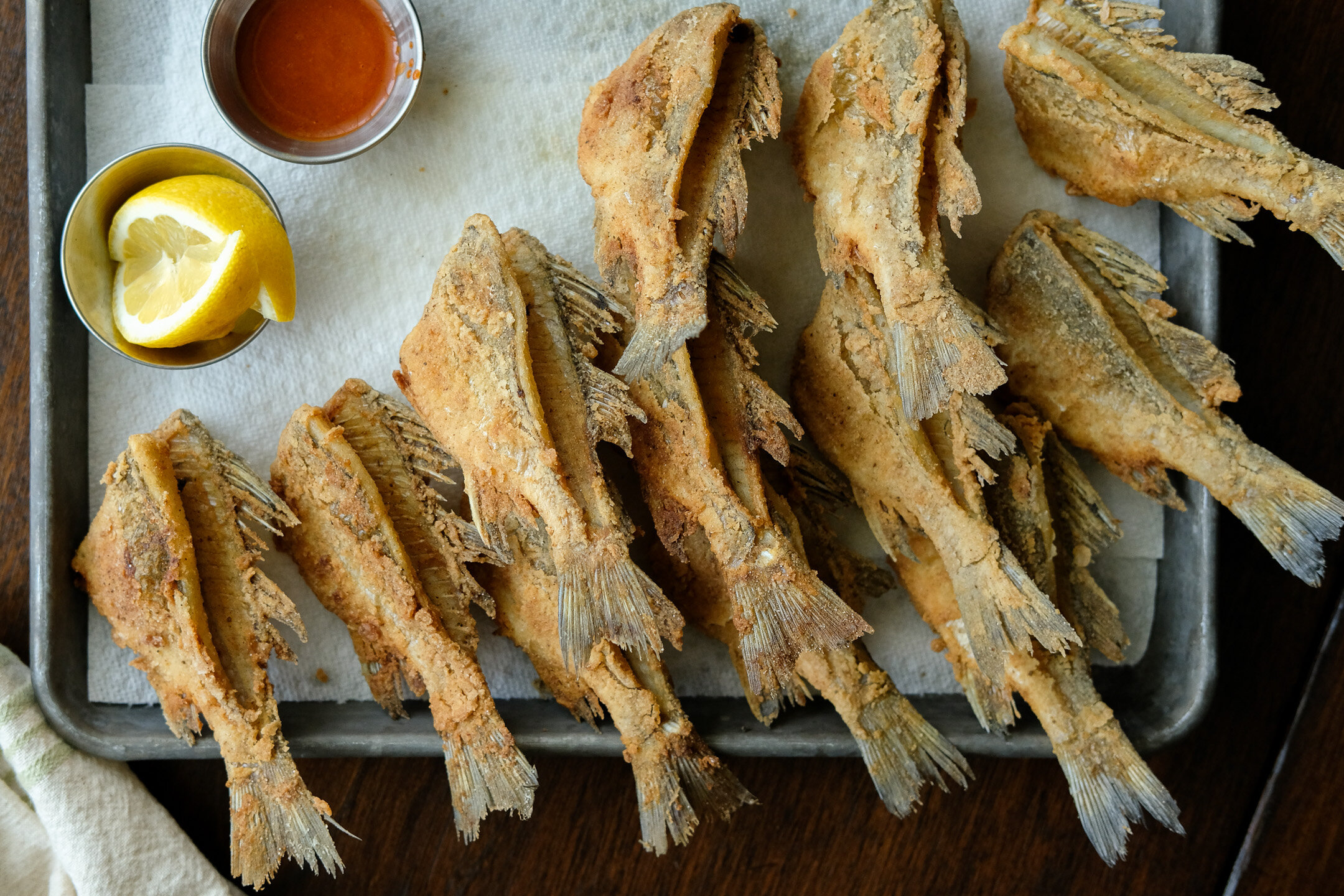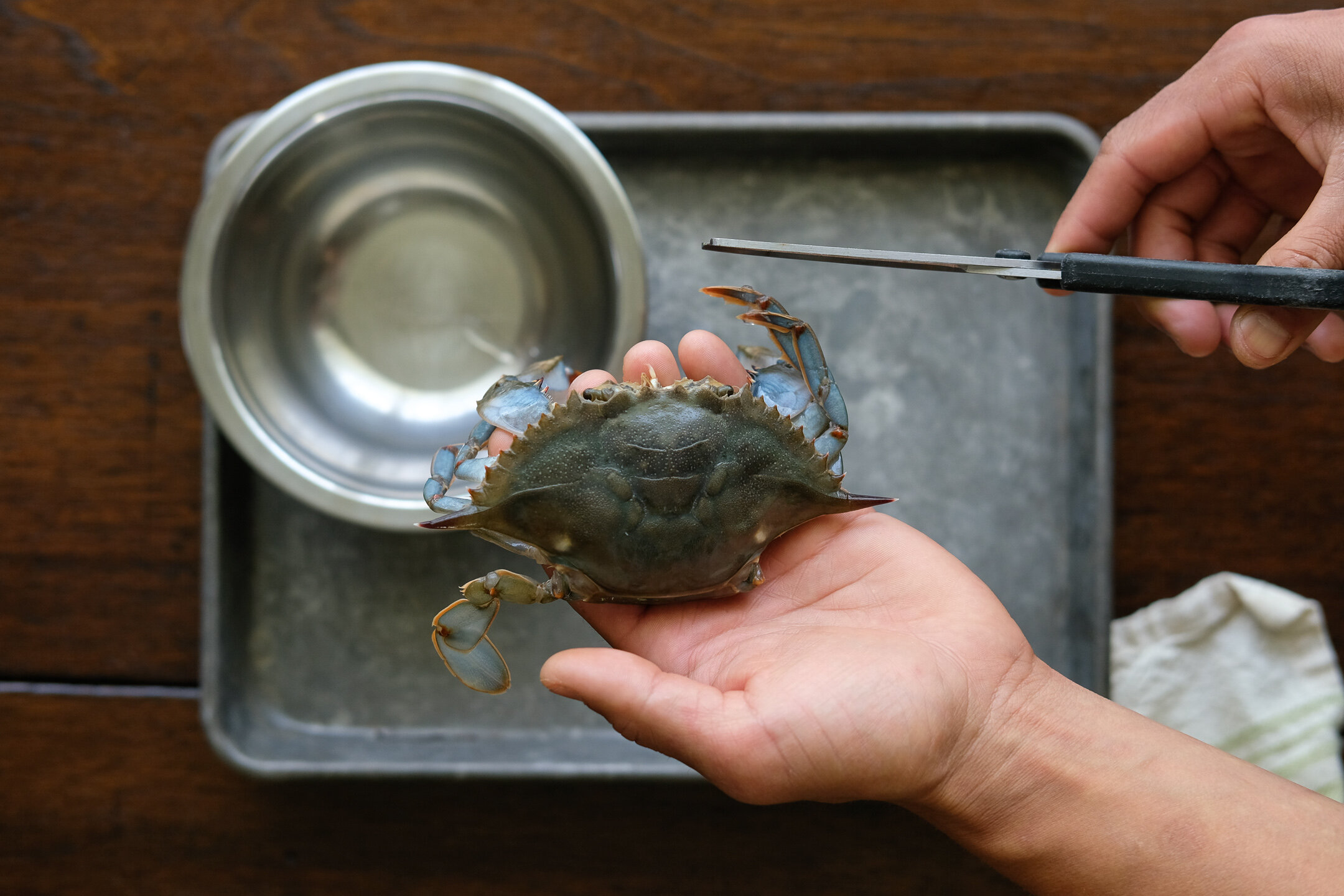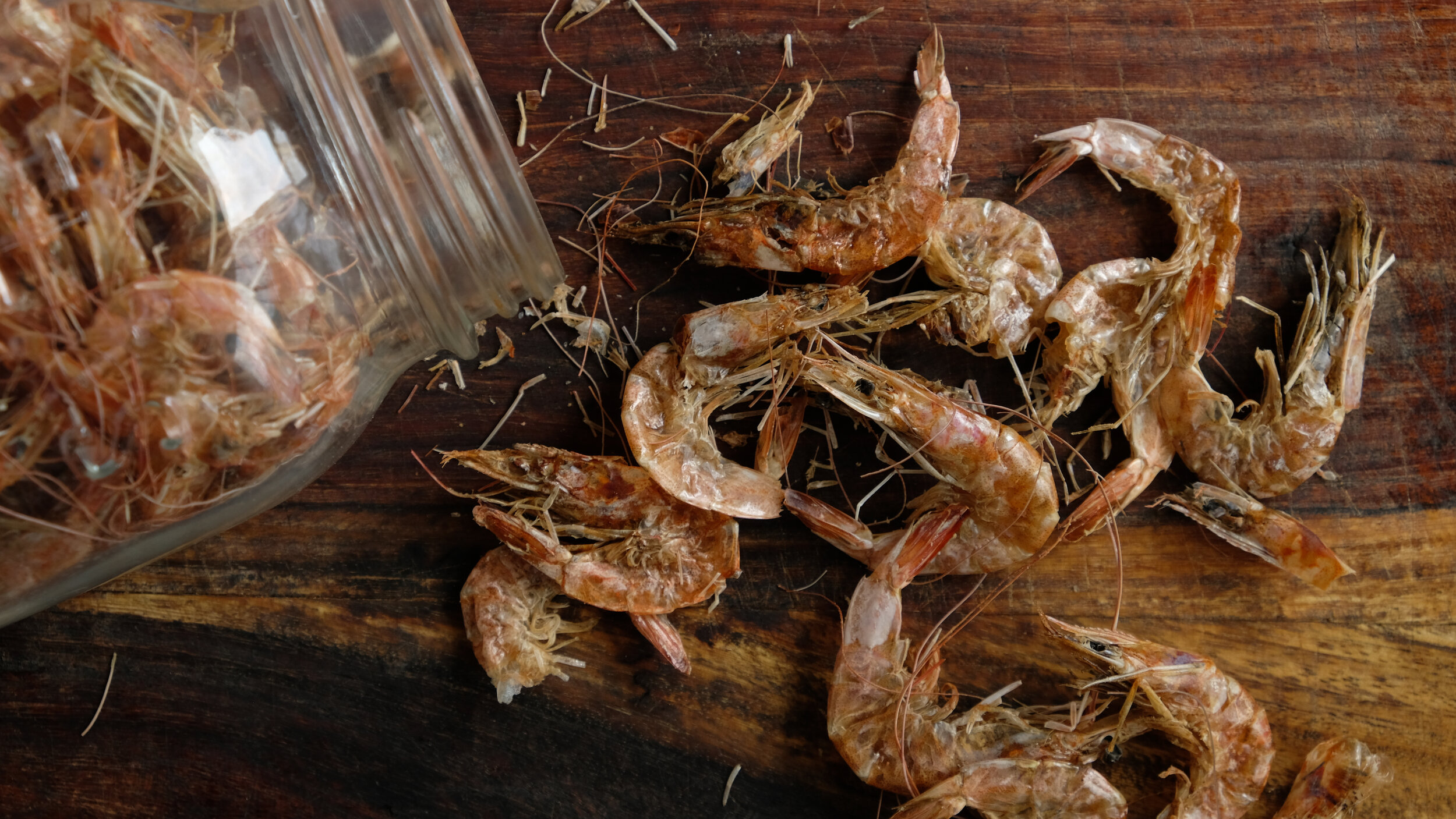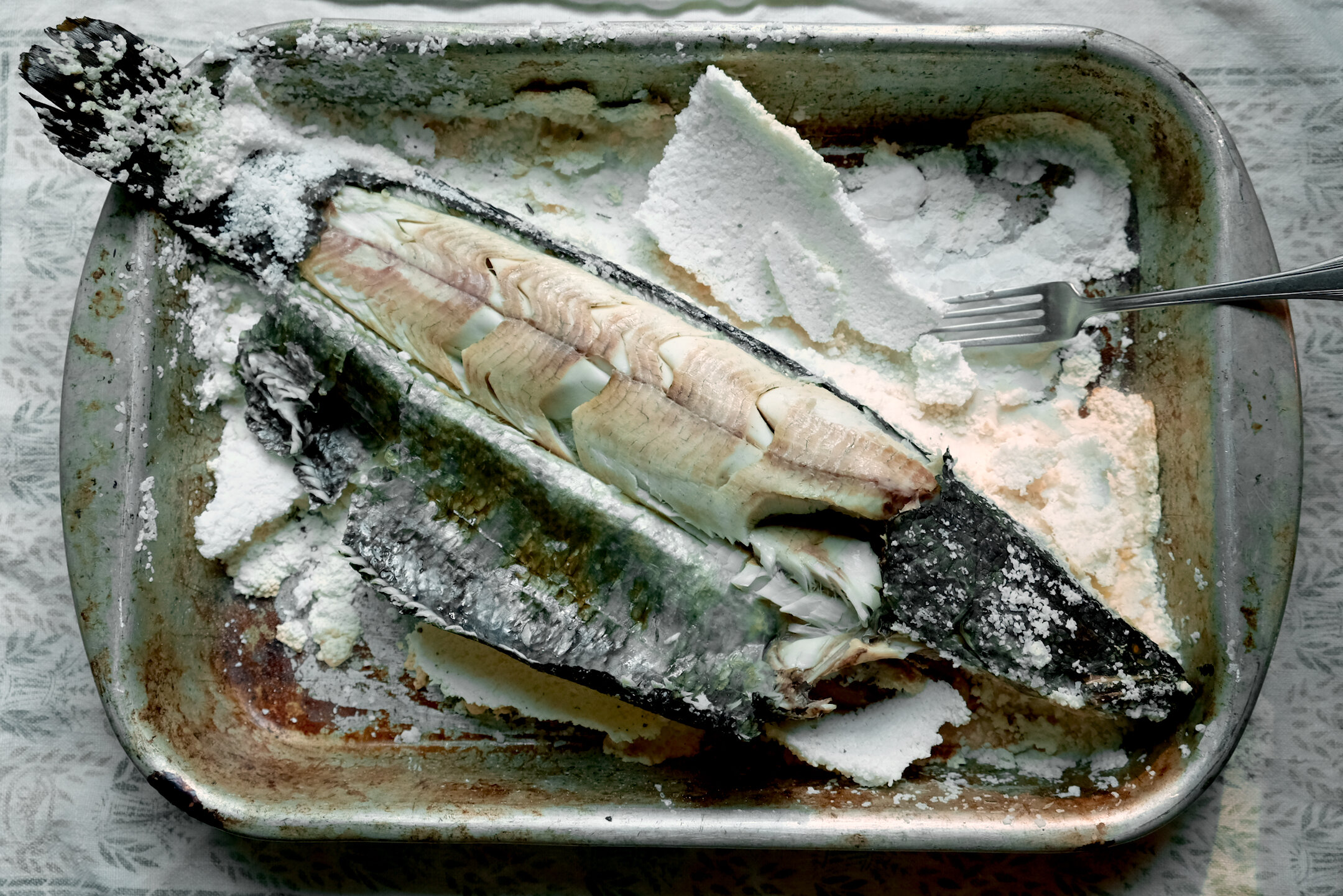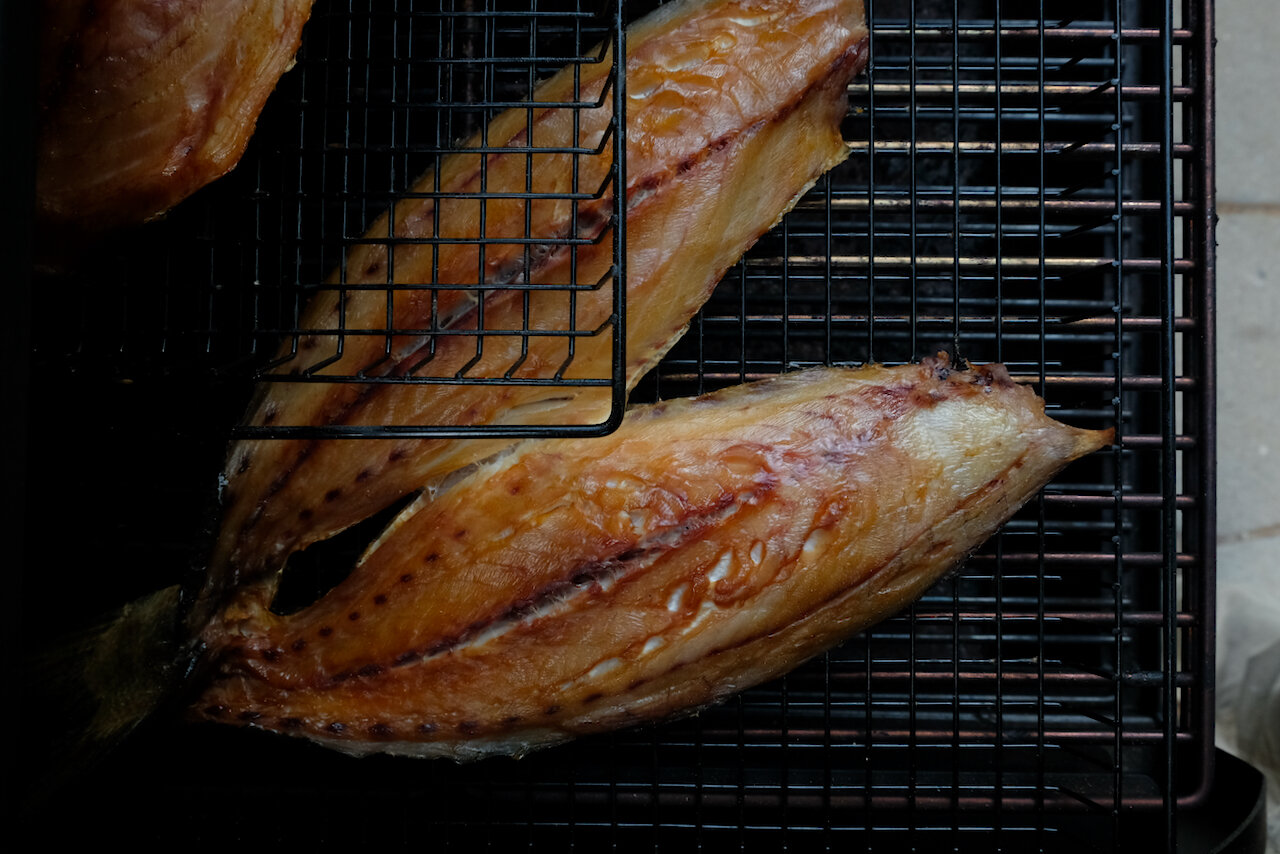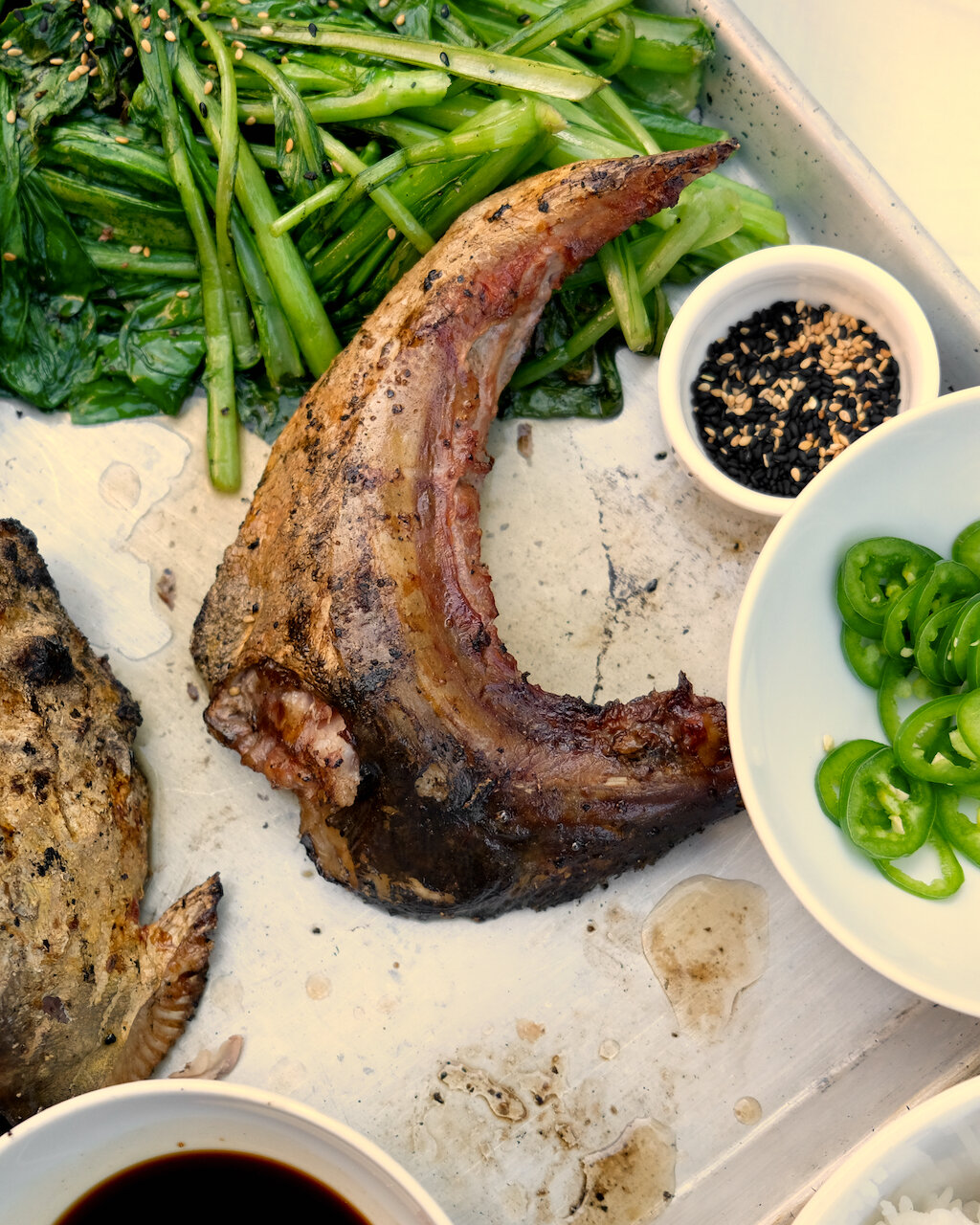How to: Fillet a Gar

Gar are prehistoric, living fossils, basically unchanged for 100+ million years. And if you ever get a chance to handle one, you’ll start to understand why. These armored fish have hard bony heads full of sharp teeth, an air bladder that allows them to breathe air in low oxygen waters, poisonous eggs, and scales that few things can penetrate. They made it through millions of years of other animals trying to kill them, and they have outlasted most of them.
They are a testament to the old adage: if it isn't broke, don’t fix it.
While these fish are a marvel, their evolved defenses make them a bit challenging to prepare for the table. Namely, the armor-like scales. To fillet a gar, you need heavy duty shears, tin snips, or a saw of some type. I’ve read many accounts of people using hatchets, axes and even chainsaws to get through the scales. While I haven’t had to resort to heavy gardening or lawn care tools yet, I could see the need for it with a really big gar, especially an alligator gar.
But once you cut through the scales and skin, gar is relatively easy to clean.
How to fillet a gar:
Step one: Spray down the gar. They are very slimy, especially if they've been on ice for a while. Spray them down with water and wipe them off to make them easier to handle.
Step two: Using a sturdy blade, make a small incision horizontally behind the head, perpendicular to the spine. Don't use your finest steel for this- I like to use a box cutter with a thick blade because they’re replaceable. You just need a small incision big enough for you to get snips or shears into. Using heavy duty shears or tin snips, continue the cut down to the pectoral fins.
Step three: Working along the spine, cut all the way down to the tail.
Step four: Insert a fillet knife and work it along the skin to separate the flesh. The skin will want to curl back towards you- a flexible knife and an extra set of hands helps.
Step five: Once you have the skin separated from the flesh, remove the fillet from the spine and ribs without cutting through the ribs. Gar eggs are poisonous, so you want to avoid cutting into the body cavity to avoid the potential for cross-contamination. Work the knife all the way towards the tail until you can remove the fillet.
Step six: Repeat on the other side of the fish.
Step seven: Trim up the fillets and remove any dark colored meat and connective tissue.











